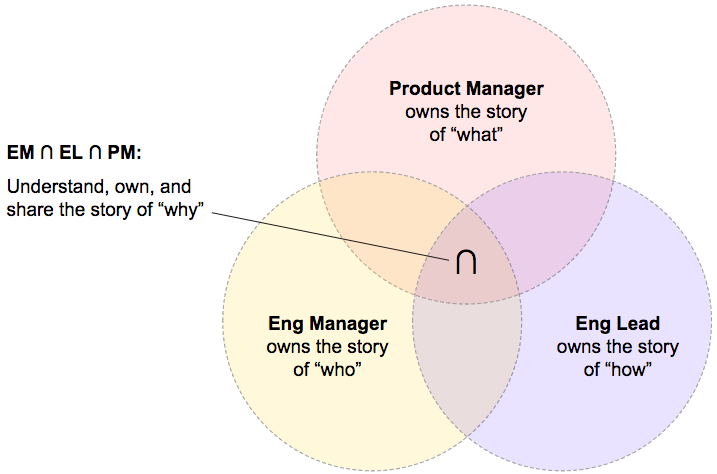I think this is a really insightful comment (LinkedIn) by Ben Erez about the realities of being a PM in a sales-led organization. It’s worth reading his whole argument because it’s definitely a spicy take. But the crux of it is that sales-led organizations cannot function with empowered product teams (I think everyone who reads this blog knows what I mean by that, but just in case, here’s a refresher).
Here’s a key part of Ben’s argument, and the really spicy part:
I think sales-led companies should embrace the feature factory culture fully; stop evaluating PMs by their strategic contribution (a weight off the PMs shoulders given they never get time for strategic work anyway) and start rewarding PMs based on how many features they ship that the sales leaders care about. This will align the PMs in your org to think and work the way the sales team (and CEO) wants them to work. It’ll kill many unhealthy tensions in the org and get people rowing in the same direction.
Would I want to work in that environment? Probably not.
But most b2b SaaS companies are already sales-led. And there are thousands of PMs in those environments who feel the tension I’ve described. So I think most b2b SaaS PMs would celebrate their company embracing their feature factory and just calling it what it is.
Could this be seen as defeatist? Maybe. But I also think that the “just calling it what it is” part of the argument is really key here. It doesn’t serve anyone—not the product, not the company, and certainly not its customers—to pretend you have an empowered product culture when you do not. So remove the pretense, and just be honest about who you are.
If you want to become an empowered organization, that’s great! But that’s a transformation that has to come from the executive level, and it’s not a short or easy process. So go on that journey, yes! But until then, be honest about what the organization is, make expectations clear to PMs, and reward them accordingly.
